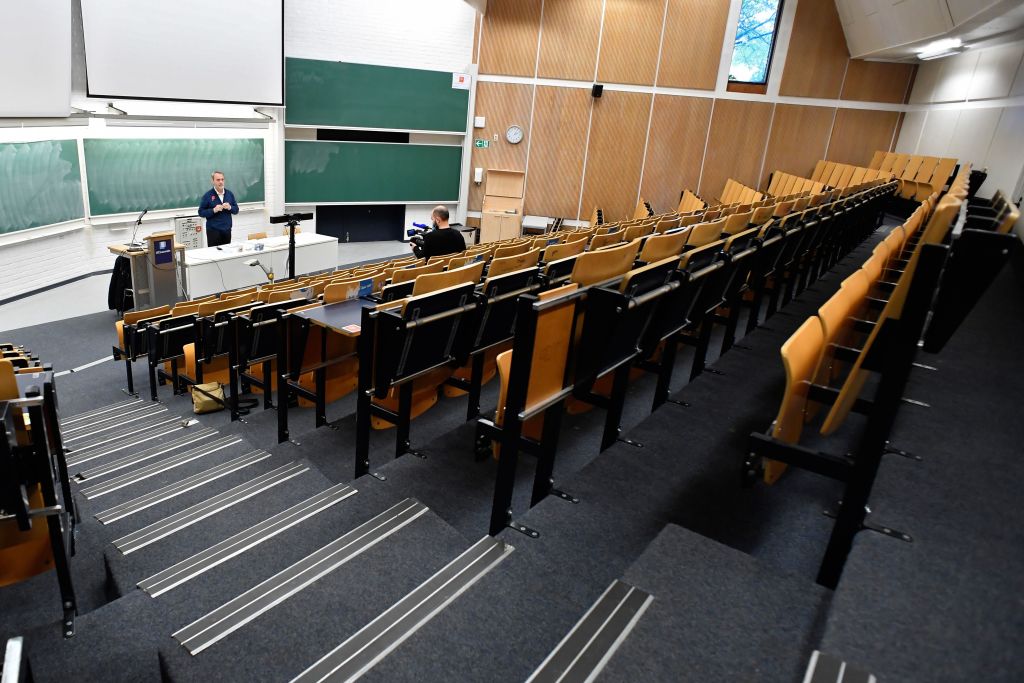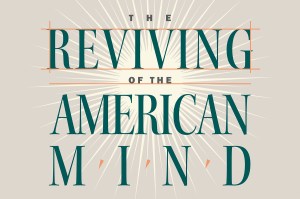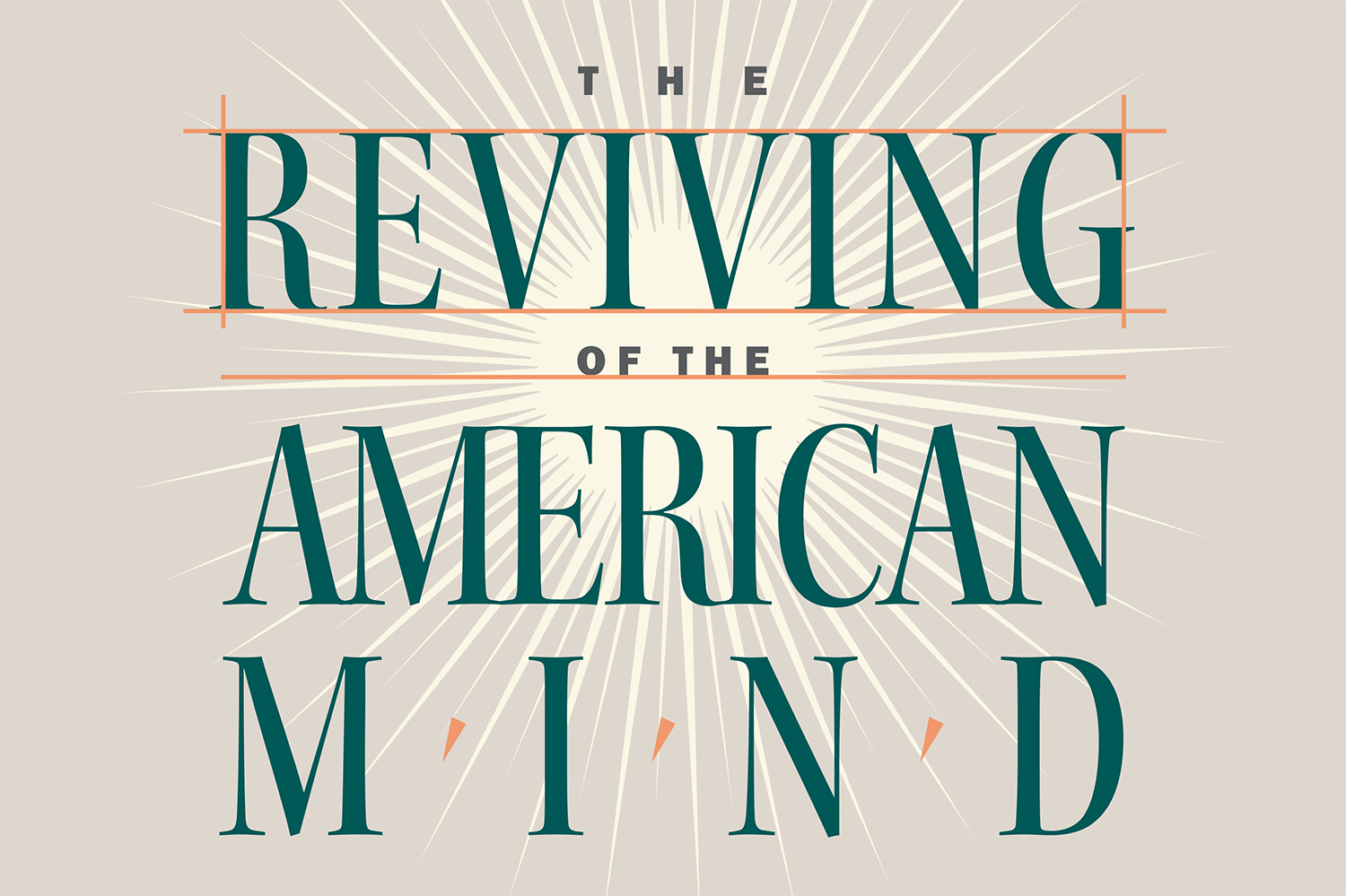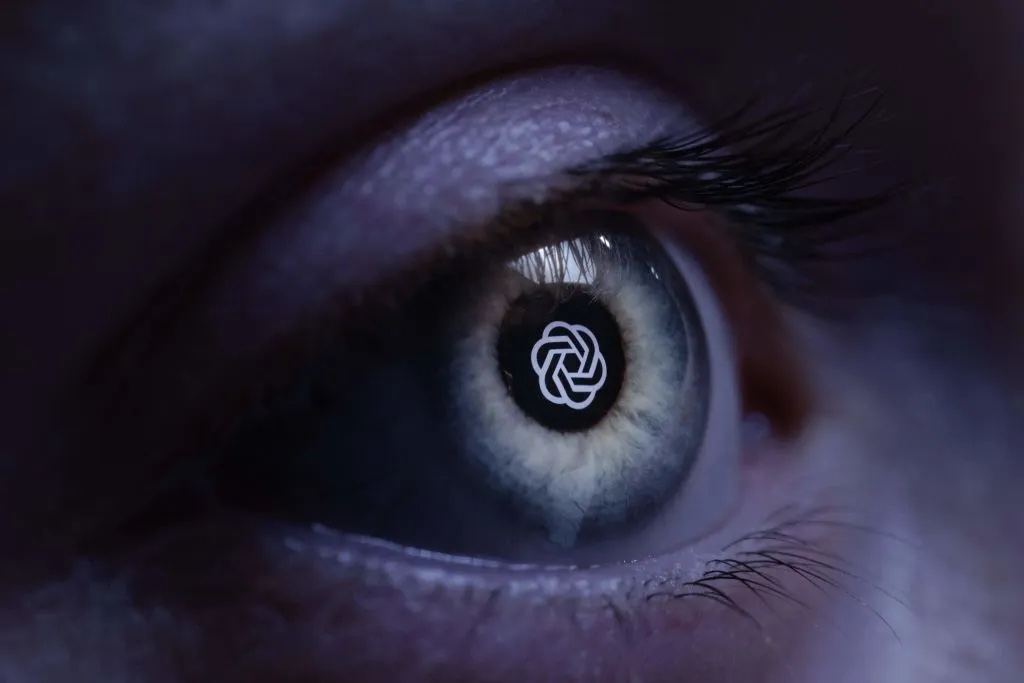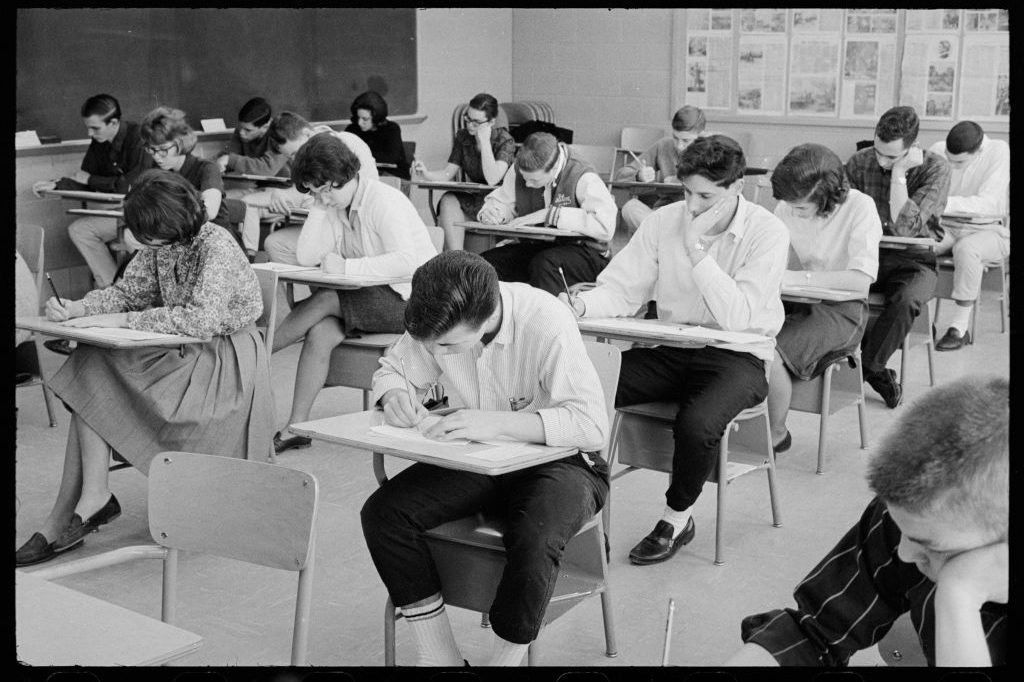With omicron cases rising, many school districts are returning to remote learning for the first few weeks of January. That, of course, could be extended, as we have seen happen so many times during the pandemic.
As a school social worker, I can attest that remote learning has been an absolute disaster. Far from the “abundance of caution” approach, school closures have devastated our youth, with many still struggling to function. It boggles my mind that many large cities are repeating this mistake.
While nearly all students suffer amid virtual schooling, our most vulnerable suffer the most. The following three hypothetical students exist in every school, as I have witnessed over the past 15 years working with New York City teenagers.
Aaron is a high school junior, though he still feels like a freshman. School shut down just six months after he started high school, and as a shy young man, he hadn’t made any close friends prior to the pandemic.
Sophomore year online was a very lonely time for Aaron. His mother worked a lot, but even when she was home, he didn’t feel like opening up to her. Aaron is gay — or at least that’s the word he put to his feelings as he pondered alone in his room, distracted from the distant voice of his teacher on Zoom. He felt close to his middle school guidance counselor, but didn’t get to know his high school counselor well enough to open up, and he sure wasn’t going to come out over a “remote learning platform.” Unsure as to how mom would react, Aaron stayed quiet — and depressed — until school finally reopened.
Returning to school in September 2021 was not easy for Aaron. He had hoped everything would just go back to normal, but nothing and nobody seemed normal. Aaron had an even harder time making friends this year. His social skills were “out of practice,” and it was more difficult to engage with peers from behind a mask.
Little by little, Aaron adjusted. He met with a counselor a few times and opened up about his sexuality. He also joined an after-school club and made a couple friends. Finally starting to feel comfortable and happy, Aaron hopes he never has to stare at a depressing Zoom screen again.
Emily is a high school freshman with a history of anxiety and panic disorder. She had frequent absences in middle school, and her attendance only stabilized in seventh grade after several home visits from her school social worker.
School shutdowns were awful for Emily. While her anxiety decreased over those many months at home, the thought of eventually returning to school became ever more frightening. When school reopened in September 2021, it took a full month to get Emily back into the classroom. Intensive therapy and daily counseling check-ins have helped Emily readjust, and she now successfully attends about four days per week.
If schools shut down for three weeks, Emily could easily require months to re-acclimate to the routine of attending school in person. The rest of the year may even be in jeopardy.
Sam is a high school senior. He is just starting to readjust to school after spending all of his “remote learning” working in-person at McDonald’s to make some extra money. His mother urged him to focus on his studies, but his learning disability made it difficult for him to focus on Zoom. Sure, he received two teachers per class as his IEP required, but two voices over Zoom felt less helpful than one teacher in person. McDonald’s felt much more validating for his self-esteem.
Finally, after several meetings this fall with his mother and counselor, Sam agreed to scale back his work schedule and focus on graduating high school. This will be quite a challenge, as Sam has to make up work from last year and this year in order to graduate. But with six months of uninterrupted school — and ongoing in-person tutoring — it is certainly doable.
If schools go remote again — even if just for a few weeks — Sam will almost certainly give up on his immense course load and return to the familiarity and comfort of McDonald’s. Drawing a student like Sam back to school a second time may prove impossible.
We let down Aaron, Emily, and Sam by closing schools for 18 months. We cannot let them down again.
Policymakers and school district leaders — I beg of you — keep schools open for every student every day.



